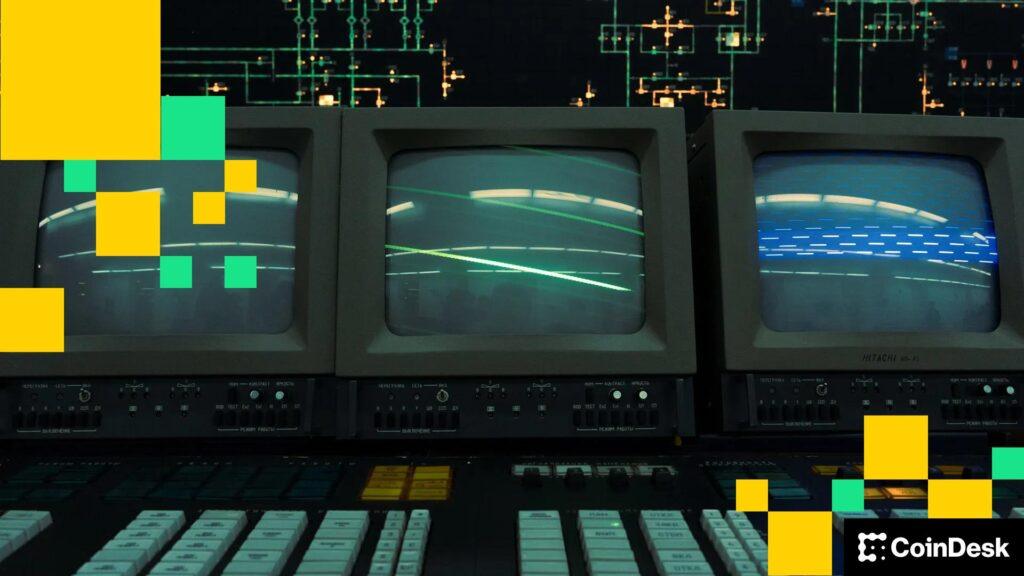If an AI system were ever to succeed in attacking or otherwise disrupting the cryptography of a respected blockchain—even in a white-hat research setting—every panic-selling-off crypto has seen before that moment would feel small. If a quantum computer ever broke a blockchain, we might as well all close up shop. The point of blockchains would be permanently undermined.
The good news is that there is a well-defined technical roadmap to avoid this. Some, not enough, but some protocols already implement it. But why do many fall short?
This is a real and looming threat that the crypto industry ignores at its peril. To secure the future of decentralized technology, crypto must urgently upgrade its infrastructure to handle and proactively collaborate with the industries that pose the greatest risk: AI and quantum computing.
Blame it on pride, protectionism or competition, but these cross-industry partnerships and technical future-proofing steps are simply not happening at a meaningful rate. As a result, the technology designed to improve humanity is increasingly vulnerable to the infrastructure that will define it.
Blockchain technology finally delivers secure, transparent and self-sovereign systems on a global scale. But today, the threats posed by AI – and eventually quantum computers – show that crypto is not doing enough to protect everything it has built.
A recent study from Cornell University examined how AI agents connected to blockchain protocols can be manipulated by adversaries who tamper with their memory or context. Malicious actors can inject fake history or prompts, trigger unauthorized transfers or protocol breaches, essentially turning AI-powered crypto agents into hijacked allies.
Meanwhile, AI in the hands of attackers is already fueling cybercrime. AI-enabled phishing, malware and zero-day exploits are proliferating, and traditional defenses are struggling to keep up.
But just as important to address is the blind eye that much of our industry turns to quantum computing. While it may still be a decade away from breaking blockchains, the risk could be more serious than a 51/49 attack from generative AI. Experts warn that within a decade, powerful quantum machines could crack encryption that secures up to 25% of all Bitcoin, especially BTC stored in legacy wallets with visible public keys.
Researchers have already discovered that traditional public key crypto, which forms the core of blockchains, is vulnerable to quantum algorithms that already exist today. Post-quantum cryptography (PQC) standards are now emerging from public cybersecurity organizations such as NIST and ENISA, but the crypto industry is not taking their guidance seriously enough.
The bottom line is that many operators prioritize hypergrowth over responsible scaling and neither act with sufficient urgency nor collaborate with AI and quantum experts to future-proof systems.
Only a few blockchains, such as Sui, Ethereum, and Algorand, are actively developing and testing post-quantum algorithms, with Sui going so far as to address the backward compatibility issue to protect older, non-quantum accounts. Although NIST standards are solidifying, some of the most valuable networks in the world still use ECDSA without quantum-resistant upgrades. Research confirms widespread unpreparedness across major platforms.
The consequences of inaction are real. If AI infiltrates blockchain systems, hacks can be invisible, stealthy and systemic. Agents with false memories can illegitimately move funds, compromise contract security, or corrupt DeFi protocols. And if quantum computing arrives before we’ve adopted quantum-secure algorithms across the board, attackers can reverse-engineer private keys, rewrite history, and undermine users’ wallets, destroying hard-earned trust across the industry.
There is time to mitigate these systemic risks, but the migration to future-proof technology and partnerships must begin now. Each cryptoprotocol must assess its cryptographic stock and begin planning for a gradual rollout of post-quantum cryptography well before the deadlines recommended by security agencies.
Waiting is not a strategy, because there could easily be a leapfrog innovation in quantum computing or AI—accelerated by AI itself—that moves the threat timeline up by years.
In addition to the passivity of future-proof blockchains at the protocol level, meaningful partnerships between crypto, AI, and quantum companies remain sparse, there are not enough AI companies co-designing secure agent-in-crypto frameworks with crypto companies, and there is not enough collaboration between the blockchain industry and quantum academia.
Together, both crypto operators and AI and quantum researchers should develop frameworks for coexistence. That includes creating mechanisms where blockchains secure AI outputs like immutable logs, transparent decision histories, and reliable governance.
Cooperation with regulators must also be drastically improved. This means working with organizations like NIST and ENISA to test and help refine new post-quantum encryption standards. Those who participate in defining what a quantum secure protocol is are more likely to implement them correctly and securely.
Better cooperation will lead to safeguards that protect governments, businesses, individuals and the technology that drives humanity forward. More importantly, the numerous ways crypto, AI, and quantum computing can help each other and improve society if worked in lockstep. Deeper integrations across industries are not only better for our security, they are better for the global economy.
With quantum and crypto collaborations, you can imagine networks that use quantum-safe signatures and encryption from day one. And this is where it gets fun. These networks could store next-generation scientific data—medical breakthroughs, genomic research, climate models—with guarantees that even the most advanced quantum adversary cannot tamper with historical truth. Quantum advances are becoming allies rather than threats.
Only by proactively working with AI and quantum society can the crypto industry fulfill its promise. Crypto can build systems that are not only secure against tomorrow’s threats, but also amplify humanity’s potential. But if the industry fails to collaborate more effectively with other industries and fails to independently take steps to reduce risk, much of what the world is excited about today could come to nothing.



